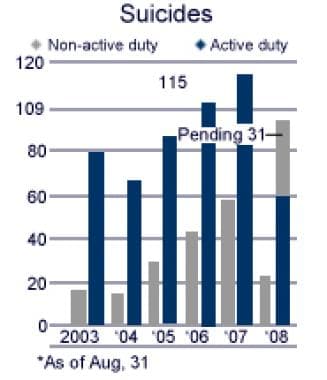

His vulnerability during his last weeks was made more acute by this lack of control over his destiny. He had mental capacity and was clear that he wanted to die when and where he (and we) chose. Smothering him with his pillow in the hospice did cross my mind, but I couldn’t bring myself to do it.īob was awarded his PhD a month before his diagnosis and died 15 months later. I bitterly regret not fighting harder to keep him at home, where there was access to all his medication and where I could have assisted him to die when he asked, instead of having to witness his despair at continuing to live. He chose to die in the Mountbatten hospice to make it easier for the family, and he was treated there with care and compassion, but we all found the long wait for death agonising. He decided not to go to Dignitas as that would have meant ending his life before he felt ready, and we supported his decision.

I’m not sure if my husband, who died at 62 from bulbar onset motor neurone disease, would count as a member of one of the “vested interest groups” referred to by Dr Matthew Davis, but my children and I have to act as his voice now.

I understand the discomfort of many, but I would be more understanding of their opposition if they desisted in basing it, primarily, on obviously and overly simplistic words that are two millennia old. Particularly when the alternative – palliative care, regretfully, having limitations – is to lose the patient’s trust by condemning the sick to greater suffering, greater distress and, I maintain, subsequent harm. Please advise me what harm I am invoking by respecting the carefully articulated, legally protected, autonomous wishes of a dying patient. I spent my career trying to respect the oath, but it is not as simple as it sounds. Who can disagree with Dr Matthew Davis when he refers to the duty of respecting the Hippocratic oath? The oath promises to “abstain from causing harm” rather than “first do no harm”, but let’s leave semantics aside. So too all the families that have been affected by unwarranted and emotionally distressing police investigations after a loved one has died abroad. Likewise those who are able to afford it are compelled to travel aboard when they are weak and frail. This is not just a moral harm, it condemns those whom do not wish it to physical harm as well.įurther harm is also constituted when, due to existing legislation, the dying attempt to take issues into their own hands, which frequently ends disastrously. What I find difficult is that medically intervening to extend a life near its end, or passively withdrawing treatment to allow a so-called “natural” death, can itself constitute a harm, particularly where the chances of intense pain and suffering are considered by all as a reasonable expectation. Rightly, Dr Davis points out that protection of the “weak and vulnerable” is of paramount importance in any medical scenario. The confusion exemplified in Dr Davis’s letter continues in relation to that slippery notion of “harm”. As a moral issue, the public has the right to make its voice heard and to be respected. Dr Davis appears to imply that calls for changing existing legislation are morally motivated. As someone who cared for their terminally ill partner, Helen, for her last eight years of life, and who felt the force of the law after her death at the Dignitas clinic in 2016, I found Dr Matthew Davis’s letter (25 February) on assisted dying deeply disturbing.


 0 kommentar(er)
0 kommentar(er)
